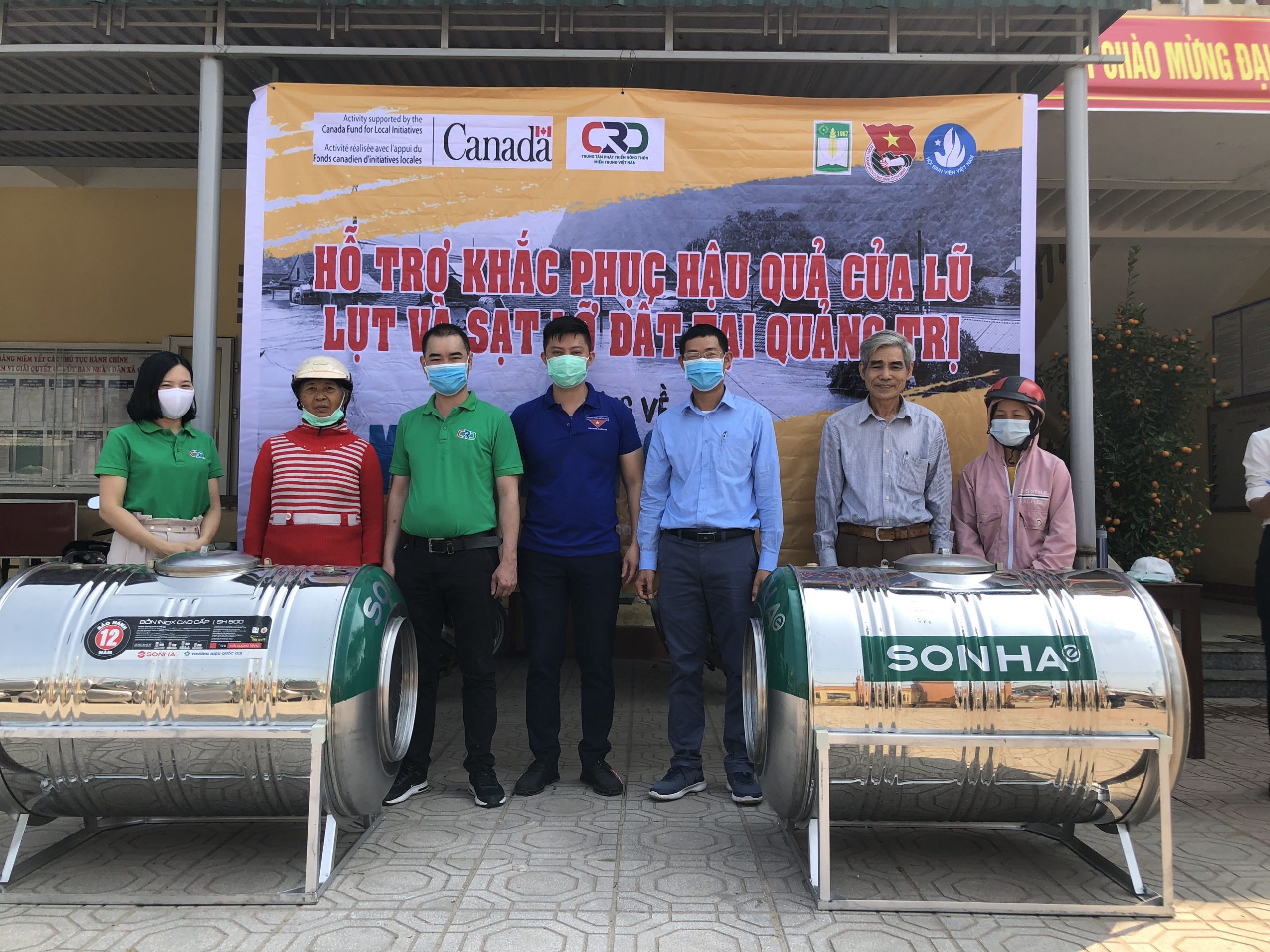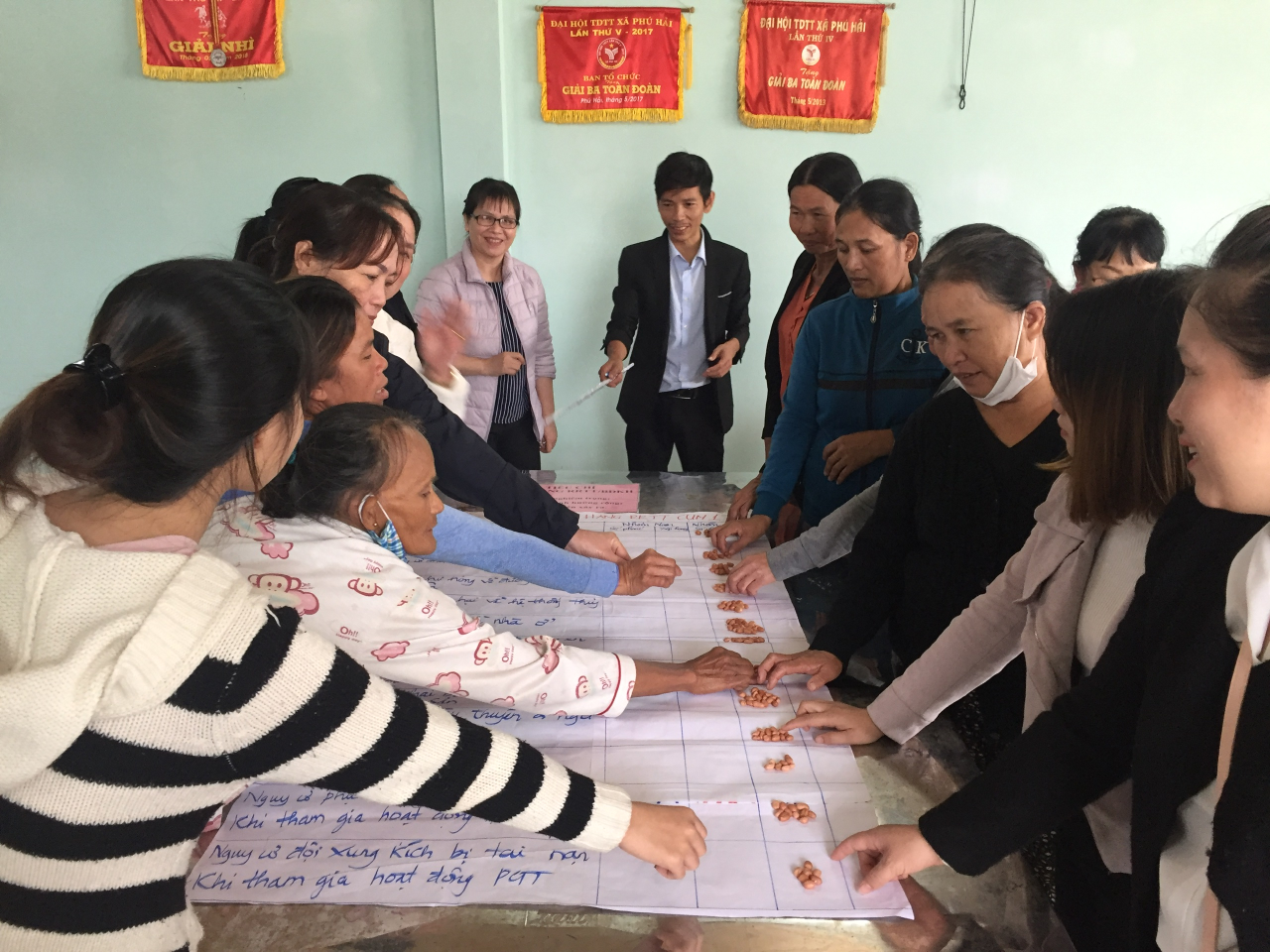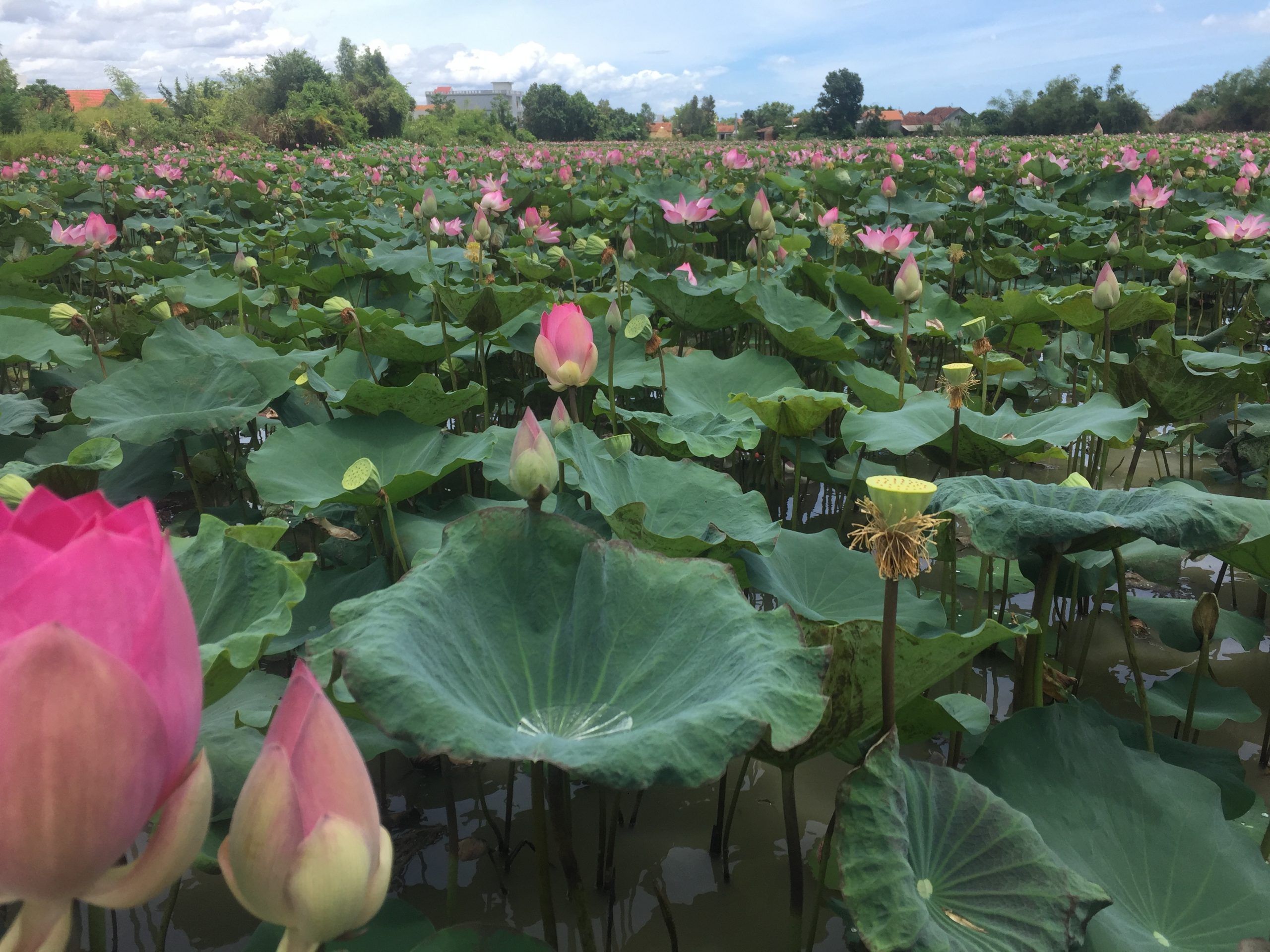On 2 April, at Ba Dinh CPC, Ba To district, Quang Ngai province, a training course on animal health for staffs of communes and hamlets, which was held by Centre for Rural Development in Central Vietnam (CRD) – Hue University of Agriculture and Forestry for veterinary staffs of Ba Dinh, Ba Bich, Ba Xa, and Ba To communes, finished and achieved many good results as the project objectives outlined.
As reported before on 17 March, this was one of the cooperative activities between Plan organization in Vietnam and CRD in the framework of the Children-focused climate change adaptation program funded by AusAID in Quang Ngai province. This training aimed Raising knowledge and skills for the veterinary teams of hamlets and communes to limit the epidemic situation in cattle and poultry in the project communes and reduce economic losses due to disease.
The training course occurred in 12 days and divided into two sessions, 6 days per session. The first session took place from 17 – 22/2/2014 and the second session took place from 28/3 – 2/4/2014. There were 25 participants attended in the training.
As the first session, trainers of the second one were still MA. Nguyen Thi Thanh and MA. Vu Van Hai.
During the second session of the training, the focus of the content was practicing skills for trainees, therefore, CRD allocated 80% of the training time for trainees learning through practicing directly on specimens (buffalos, cows, pigs, chickens,…) Trainers divided trainees into groups and arranged them to practice contents of surgical diseases (bone fractures, wound infections,…) in cattle, castration in pigs, chickens. After each lesson/practice, the groups discussed together with trainers to drawn lessons learned in order to hold knowledge steady and improve skills in animal health.
Many trainees in the first session had no confidence in casting cattle, using a scalpel, injecting improperly… then in the second session, they were guided and practiced more by the trainers through practical lessons. Trainees participated excitedly and actively in the lessons. Therefore, after the end of the training, they had mastered some skills of a veterinary staff of hamlets and communes. Observing that course showed that the participants had confidence in castration themselves and stitched the incisions less bleeding, they were no longer afraid to encounter severe cases as a broken leg, infection (abscess) in cattle…
Reviewing the learning results of a whole course, all the trainees apprepriated the training content, teaching methods suited to the capacity of trainees, the documents were detailed and several illustrative pictures, a lot of practicing time helped trainees reduce their pressure, the specimen to practice were diverse and comprehensive. Logistics was also assessed very well because machines, specimen, classrooms and practical locations were favorable to the learning process of trainees. Those things helped the trainees learn and absorb well, answer the previous questions about animal health and especially satisfy their expectations.
Many trainees strongly proposed Project continue to hold next training courses on animal health in the next time because they wanted to become veterinary professionals to serve better in the breeding activity in the communities. Many trainees also proposed contributing funds to be provided further training veterinary technicians in the future if the project would not support.
Thus, after 12 days of training, trainees had enough knowledge and basic skills to be able to treat common illnesses in localities. This was correct as initial expectation of the project. Trainees appreciated and said that training topic was very practical and properly with practical needs. From the course, trainers and trainees had also discovered the excellent trainees in learning process, they would continue to support the remaining trainees. This was the kernel to minimize epidemics caused on livestock and poultry in the project communes, to reduce the economic damage caused by the disease. The results of this training were lessons learned about training methods and basis for the stakeholders to consider and support further to improve the quality of the veterinary teams for the localities. Especially, breeding activities in mountainous areas at present are meeting difficulties due to frequent disease outbreaks that had caused much damage in the past years.
Some pictures in the training:

Picture 1: Trainees learned how to drip vaccine for poultry
 Picture 2: Trainees learned about the available herbs in localities to treat for cattle.
Picture 2: Trainees learned about the available herbs in localities to treat for cattle.

Picture 3: One of the herbs has been processed (betel leaves) for healing
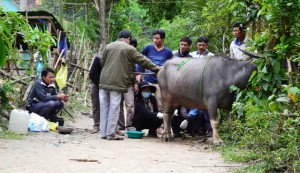
Picture 4: Trainees practiced to treat abscesses in cattle.

Picture 5: Trainees practiced how to cast cattle.
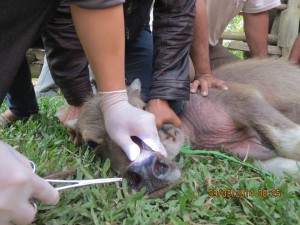
Picture 6: Trainees practiced how to take parasitic leeches in the buffalo nose.

Picture 7: Trainees took a foreign object over 20 cm in length in the buffalo nose.

Picture 8: Trainees were examining cattle

Picture 9: Trainees practiced castration (pigs)
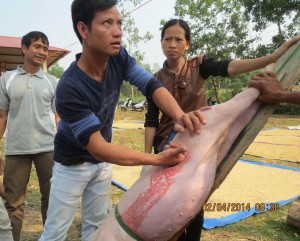
Picture 10: Trainees learned to handle bone fractures in cattle

Picture 11: Trainees practiced castration of female cattle

Picture 12: Photograph of class after practice time
Do Cao Anh and Phan Cong Tam – Project officers of CRD in Ba To – Quang Ngai
Top of Form

